Kukrynisky
Mikhail Kupriyanov (1903-1991), Porfiry Krylov (1902-19900 and Nikolai Sokolov (1903-2000), were all students of the famous Russian artist, Dmitri Orlov. In 1924 they established their own studio in Moscow. It was decided to sign their work Kukryniksy (an anagram of parts of their names).
In the 1920s the men concentrated on book illustration and literary caricature. However from 1933 they switched to political cartoons and these appeared regularly in the journals, Pravda and Krokodil. During the Second World War the group concentrated on producing propaganda posters. After the war they published the book, Making Hitler Look Silly (1946)
All three men worked individually and their landscapes and portraits have been exhibited in all the major Russian art galleries. They also produced several posters on the Cold War.
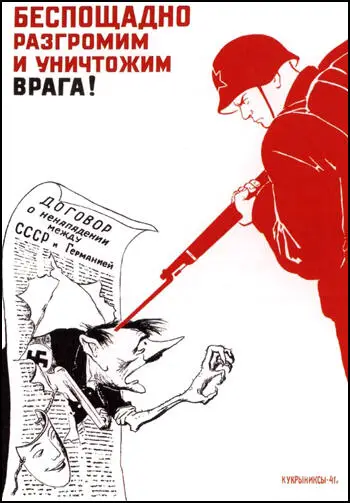
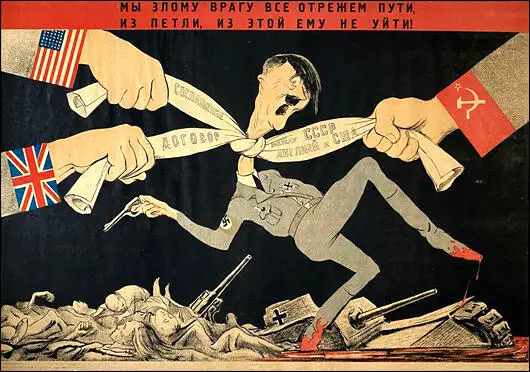
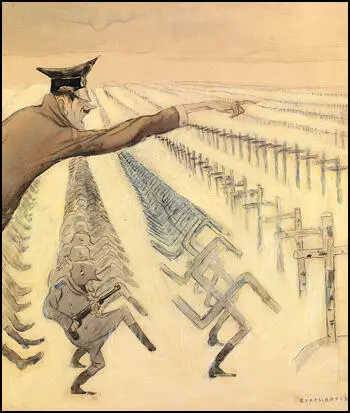
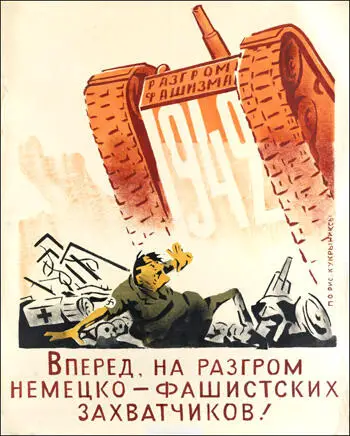

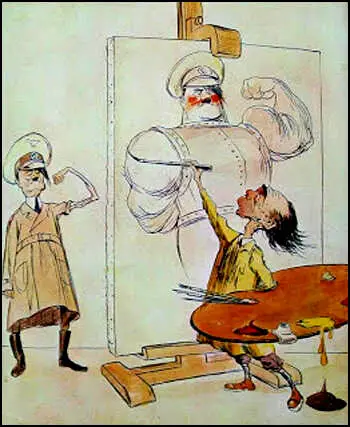



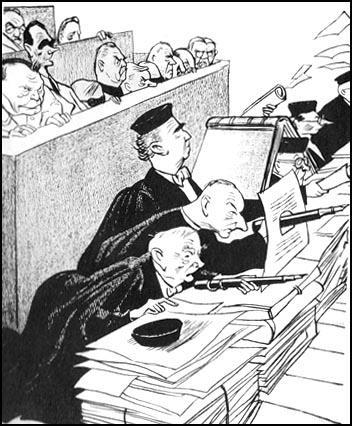
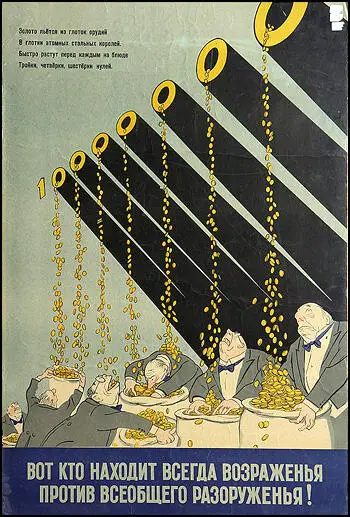
Primary Sources
(1) Zbynek Zeman, Selling the War: Art and Propaganda in World War II (1978)
The political detachments of the Red Army were equipped with stationary and mobile printing presses; they concentrated on leaflet propaganda aimed at the enemy and his morale. With the establishment of the front-line organization 'Free Germany' Soviet propaganda to the enemy moved into a higher gear.
In general, Red Army propaganda pursued the following aims: (a) to prove the unjust nature of the war started by German fascist imperialism; (b) to show the activities of the Nazi party in practice, and the way they drove the German people into the war; (c) to discredit the German leaders and show the contradictions between them and the German people; (d) to demonstrate the growth of the anti-fascist movement in the countries under German occupation.

